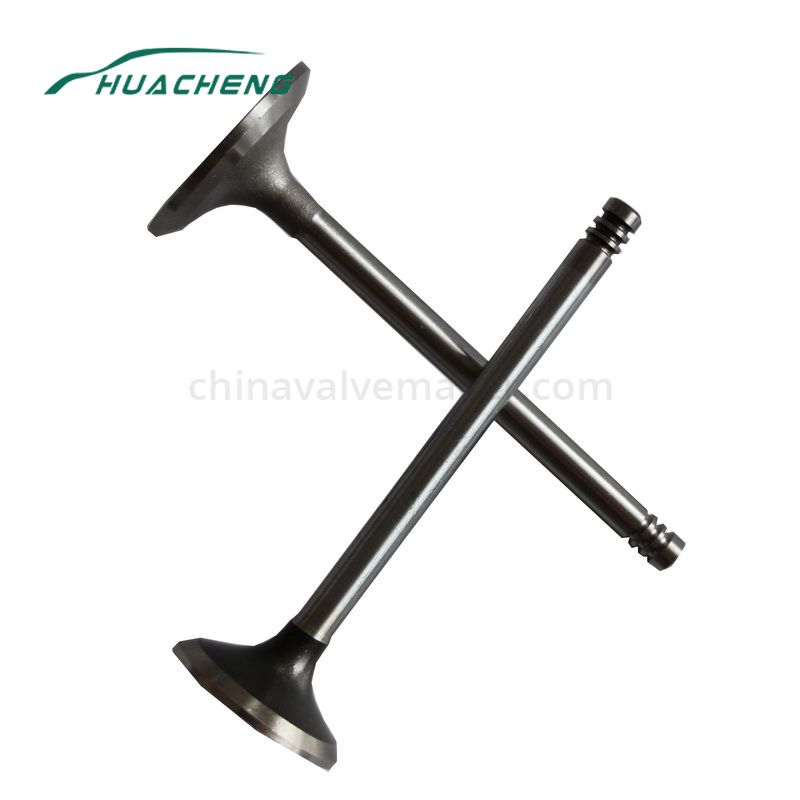When it comes to turbocharged modified cars, I am afraid that most people will first think of the "pipy" relief valve. In a sense, this noise has become a symbol of modified cars. However, car modification has never been for the sake of “fun”. Many turbocharged models that have been modified with very powerful performance will not use a pressure relief valve with obvious sound. Professional racing cars will also use an internal pressure relief valve.
In fact, the "pressure relief valve" is just a general name. The official name should be "bypass valve". In the turbocharger system of a car, two types of pressure relief valves are included, mainly because of the turbocharger. The compressor is divided into an intake pressure shell and an exhaust pressure shell. The function of the former is to discharge the excess air in the intake pipe when the throttle is closed to prevent the backflow of air from colliding with the high-speed rotating intake blades, thereby causing damage to the intake blades.
The role of the latter is mainly to protect the safety of the turbocharger and the engine itself because the turbocharger is driven by the exhaust gas discharged from the engine. The high temperature, high pressure, and high speed make it in a very harsh working environment. Both temperature and pressure will have irreversible effects on the supercharger and engine.

Among them, over-temperature will cause damage to turbocharger blades with a speed of more than 100,000 revolutions per minute, and the oil will evaporate excessively at high temperatures, reducing the ability to lubricate the blade axis and the shaft sleeve (bearing). Overpressure will cause excessive pressure on the thrust bearing that supports and fixes the blade axis and the shaft sleeve (bearing), and the thrust bearing of some turbochargers may be deformed or broken. At the same time, the boost value exceeding the normal range will cause severe engine knock, which is usually the main reason for engine damage.
Common turbochargers are equipped with a relatively simple cylindrical exhaust pressure relief valve. A spring with a preset pressure is installed inside the cylinder. A connecting rod is connected to the exhaust port of the turbocharger. Connect with the valve. When the exhaust pressure reaches the upper limit, the spring will be fully compressed and the valve will open accordingly, thus achieving the purpose of controlling the boost value.
This relatively simple exhaust pressure relief valve is called Actuator, and it can also be called an internal exhaust pressure relief valve. The main disadvantage is that it is too close to the exhaust pressure shell of the turbocharger. The high temperature will affect the stability of the control pressure. The cylindrical shell made of a thin galvanized sheet is also prone to rust or damage.
Therefore, on some turbochargers with larger specifications, higher boost values, or high-performance turbochargers, external exhaust pressure relief valves, also known as Wastegates, are used. Its essence is still a bypass valve driven by a spring. The difference is that Wastegate is installed on the branch pipeline of the exhaust pipe. The bypass valve is partly cast from cast iron and the spring chamber part is processed from aluminum alloy.
Because it is installed on a separate pipeline, the operating temperature of Wastegate is relatively stable, and the stronger, more high-temperature-resistant materials and structure also make it more durable. The simple structure is directly driven by the exhaust pressure also greatly improves reliability. The external exhaust pressure relief valve used in many modified vehicles can be accurately controlled by replacing springs with different pressures and installing a boost value controller, which is more suitable for high-intensity power modification